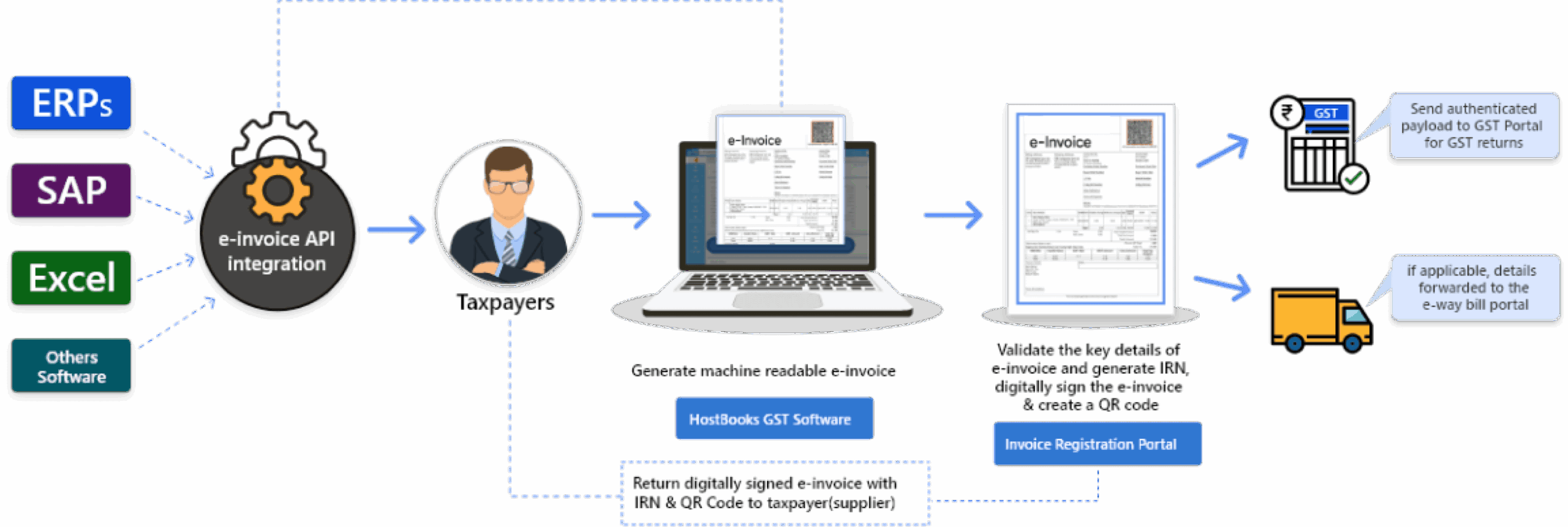The Day My Inbox Became My Best Friend: My Journey to ERP E-Invoicing Solutions
Let me tell you a story. Not about grand adventures or faraway lands, but about a transformation that happened right here, in my small but growing business. It’s a story about paper, frustration, and eventually, a sigh of relief so profound it felt like winning the lottery. It’s the story of how I discovered ERP E-Invoicing Solutions, and how they quite literally changed my life – and my company’s bottom line.
The Paper Jungle I Lived In: Before the Digital Dawn
Picture this: my office, just a few years ago. It wasn’t a pristine, minimalist haven you see in magazines. Oh no. It was a battlefield of paper. Invoices piled high, incoming and outgoing. Manila folders bursting at the seams, each one representing a customer, a vendor, a payment due, or a payment owed.
Every month, the ritual was the same. My small team and I would spend what felt like an eternity:
- Printing: Stacks of paper, gobbling up toner like it was going out of style.
- Folding & Stuffing: Each invoice meticulously folded, placed into an envelope, sealed. My fingers would ache.
- Stamping & Mailing: Postage stamps became a significant line item in our budget. Then, the dreaded trip to the post office.
- Chasing Payments: Days later, weeks later, the phone calls would start. "Did you receive our invoice?" "Is payment on its way?" It was an endless cycle of follow-ups, re-sending, and trying to track down lost mail.
- Manual Data Entry: And let’s not forget the sheer amount of manual data entry. Every single invoice, incoming and outgoing, had to be painstakingly typed into our accounting software. Typos were inevitable. Misplaced decimal points could lead to huge headaches.
The time, the cost, the sheer mental load of this "paper jungle" was immense. I felt like I was spending more time managing paper than actually growing my business. Compliance was a constant worry too. Different countries, different regulations – keeping track of everything felt like trying to herd cats while blindfolded. I knew there had to be a better way, but the idea of "digitalizing everything" seemed daunting, almost like a task for a huge corporation, not for us.
A Glimmer of Hope: What Exactly is E-Invoicing?
Then, I started hearing whispers. "E-invoicing," people called it. My initial thought? "Oh, you mean just sending PDFs by email, right?" I mean, we were already doing some of that, but it wasn’t solving the core problem of manual data entry or compliance. It was just moving the paper from my desk to someone else’s inbox, often still requiring them to print it or manually input the data.
But I was wrong. Terribly, wonderfully wrong.
E-invoicing, I learned, isn’t just about sending digital documents. It’s about sending structured data directly from one system to another. Think of it like this: instead of sending a picture of a letter (a PDF), you’re sending the actual words and numbers in a format that another computer can instantly understand and process. No human intervention needed for data entry!
This was the first "aha!" moment. It meant:
- Instant Delivery: No more waiting for snail mail.
- Reduced Errors: Machines don’t make typos.
- Automatic Processing: The recipient’s system could potentially read and process the invoice automatically.
This alone sounded incredible. But then, I discovered the true game-changer: connecting it all to my ERP system.
The Game Changer: ERP & E-Invoicing – A Match Made in Business Heaven
"ERP." Enterprise Resource Planning. Sounds fancy, right? For a long time, I thought ERP systems were only for Fortune 500 companies. But as my business grew, so did the complexity of managing everything – sales, inventory, customer relationships, finances. We eventually invested in a robust ERP system to bring all these different functions under one digital roof. It was a huge step, and it streamlined so many aspects of our operations.
But even with the ERP, the invoicing process still had a manual bottleneck. We’d generate invoices within the ERP, but then they’d get printed, mailed, and the payment reconciliation was still a separate, often manual, dance.
This is where the true magic happened: integrating e-invoicing capabilities directly into our ERP system.
Imagine your ERP system, which already holds all your customer data, product information, pricing, and financial records. Now, imagine that when you create an invoice in your ERP, it doesn’t just generate a document; it sends structured data directly to your customer’s (or vendor’s) ERP or accounting system, in a format they can instantly understand and process.

